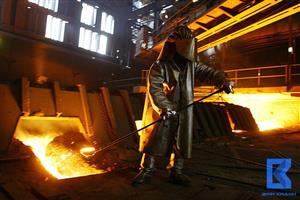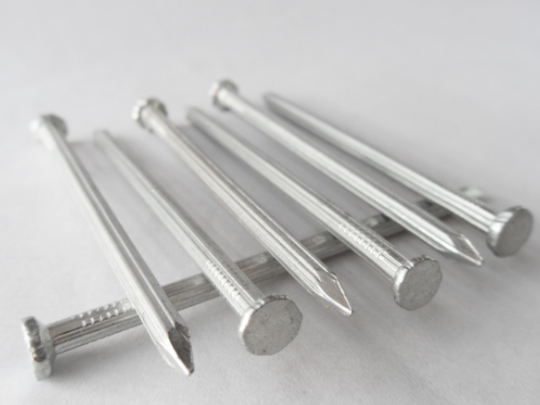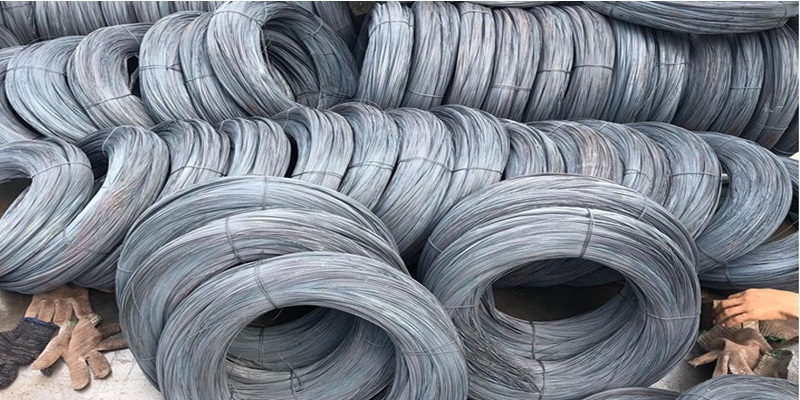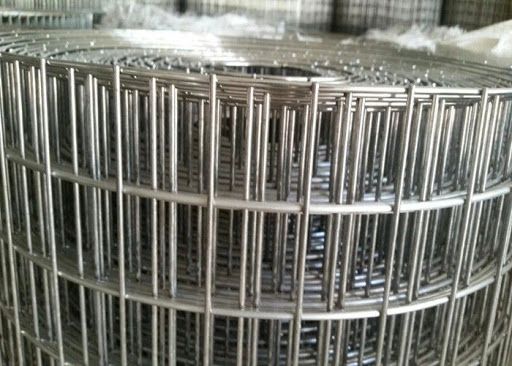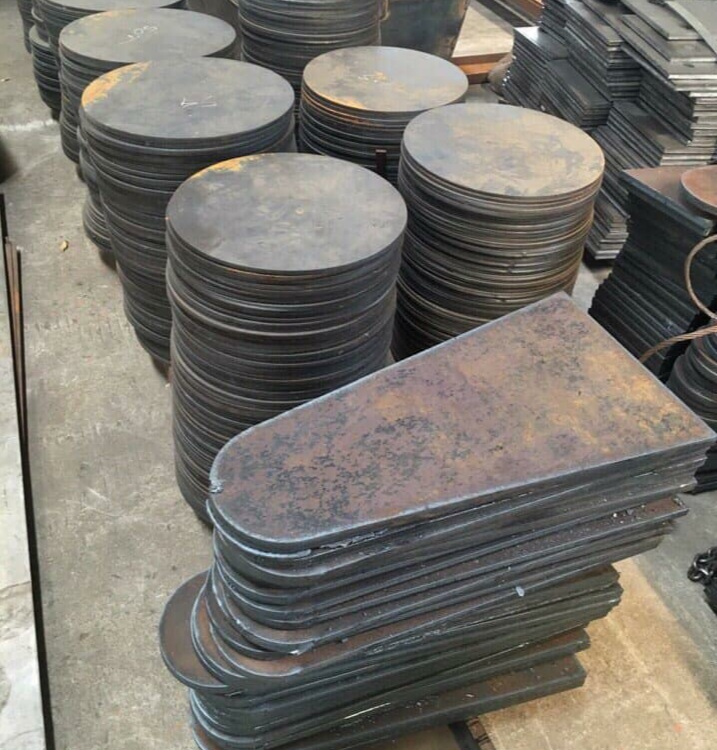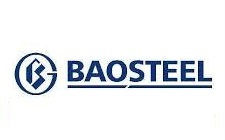Steel is one of more than 30 export industries with over 1 billion USD of our country that has been hit with the most trade remedy cases from importing countries. According to the Vietnam Steel Association (VSA), from 2004 to October 2021, the industry was involved in 66 trade remedy lawsuits.
At the recent seminar "Improving trade defense capacity towards a sustainable import-export balance", Mr. Nghiem Xuan Da, Chairman of Vietnam Steel Association (VSA), and Chairman of Southeast Asia Steel Association Shares, trade remedy lawsuits against the steel industry not only occur in major markets such as the US, Canada, Australia, Europe, etc., but also occur more and more in regional countries such as Thailand and Indonesia. , Malaysia…
According to the Ministry of Industry and Trade, if in 2001, the total import-export turnover of Vietnam reached 30 billion USD, by the end of 2020 it has exceeded 545 billion USD, is expected to reach 600 billion USD in 2021. The rapid increase in production and export capacity of Vietnam is the main reason why trade remedies for export products have also increased.
Mr. Dinh Quoc Thai, General Secretary of VSA, said that Vietnam has 15 free trade agreements signed, creating favorable conditions for enterprises to promote export of goods. For the steel industry, in the last 5 years, the average export growth has reached more than 20%/year, of which the export of finished steel alone has increased by about 12%/year. Accumulated to November 15, iron and steel export turnover has exceeded 10 billion USD, up 136.6% over the same period last year.
“With Vietnam's deep involvement in the international market, an increase in exports being subject to defense lawsuits is understandable and very normal, especially for important industries that play a pivotal role in the industry. like the steel industry. It is important for businesses to have adaptive capacity," said Mr. Thai.
Improve adaptive capacity
Industry experts noted that one of the solutions for the steel industry to reduce risks with trade remedy lawsuits is that businesses need to diversify products and export markets to spread risks and avoid to focus on exporting in large quantities to one market, it is necessary to develop value chains and increase domestic raw materials.
Mr. Nghiem Xuan Da said that 10 years ago, ASEAN was the main export market, still accounting for one-third of Vietnam's total steel exports. However, in recent years, enterprises have gradually diversified export markets. Vietnamese steel has been present in large markets with strict requirements on quality and environmental standards such as the US, Europe, Australia...
Overcoming the period of confusion, inexperience and limitation in defense capacity at the beginning, up to now, the ability to respond to defensive cases of enterprises in the industry has improved a lot. Large enterprises such as Hoa Phat Group, Hoa Sen Group, Ton Dong A, etc., which export to the US and EU, are often subject to trade remedy measures. positive results in many cases.
Mr. Le Trieu Dung, Director of the Trade Remedies Department (Ministry of Industry and Trade), emphasized that trade remedy is a very complicated field, when there are specific regulations but they are still changed frequently, especially the issue of trade remedies. Legal issues related to technical, financial, accounting and even language disagreements. In trade remedy cases, all manufacturing industries must have a timely and detailed response strategy.
Therefore, exporters need to limit the sudden increase in exports to one market, and at the same time keep a good record of the production and export process of that commodity to each market to proactively respond. when an unexpected situation occurs. "Businesses also need to pay attention to the increasing trend of protectionism from many countries, especially in the context of the Covid-19 pandemic," Dung advised.
Investment
 English
English  Vietnamese
Vietnamese
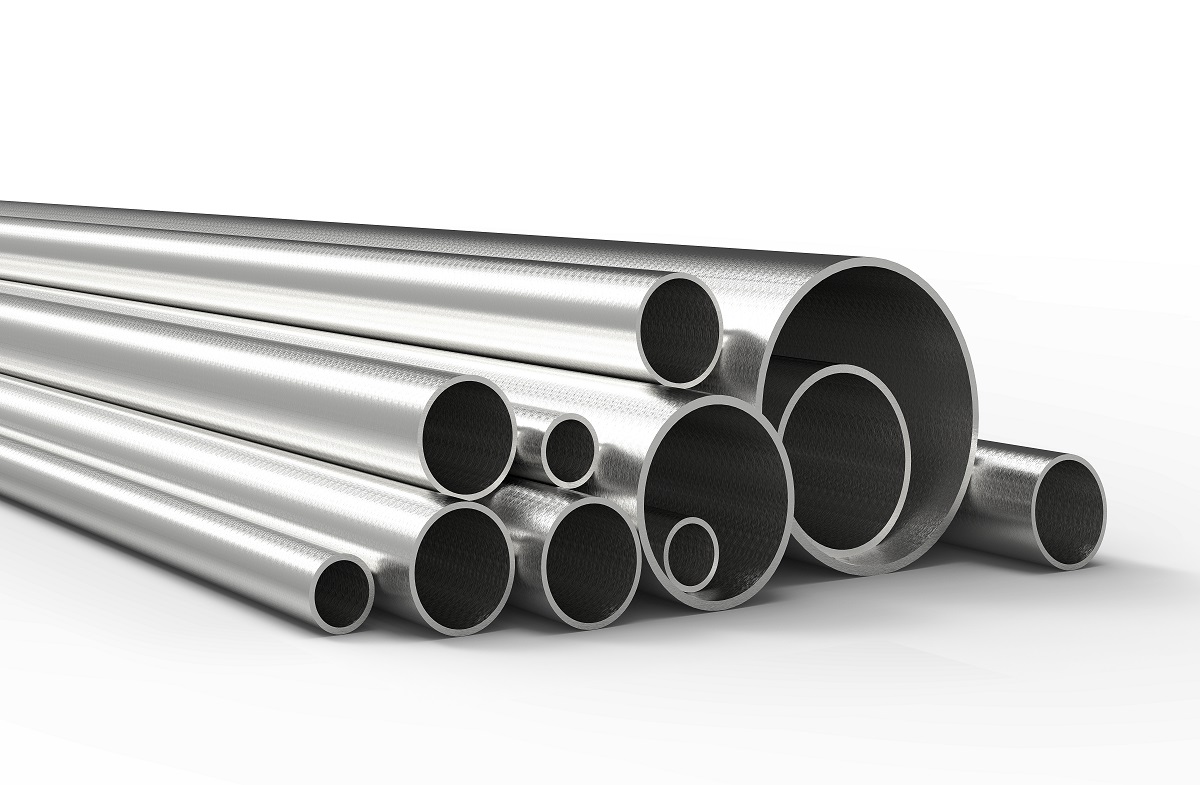


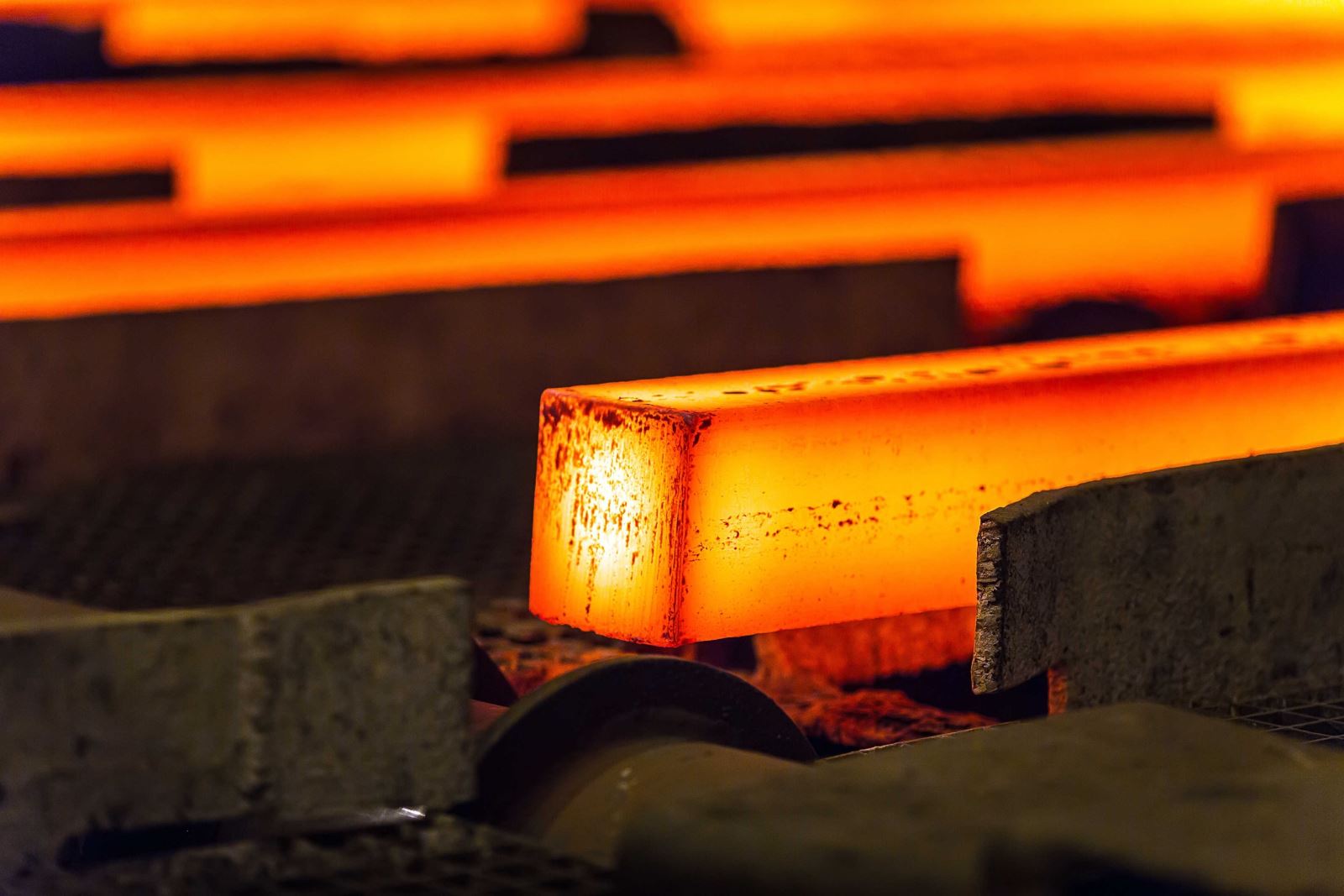
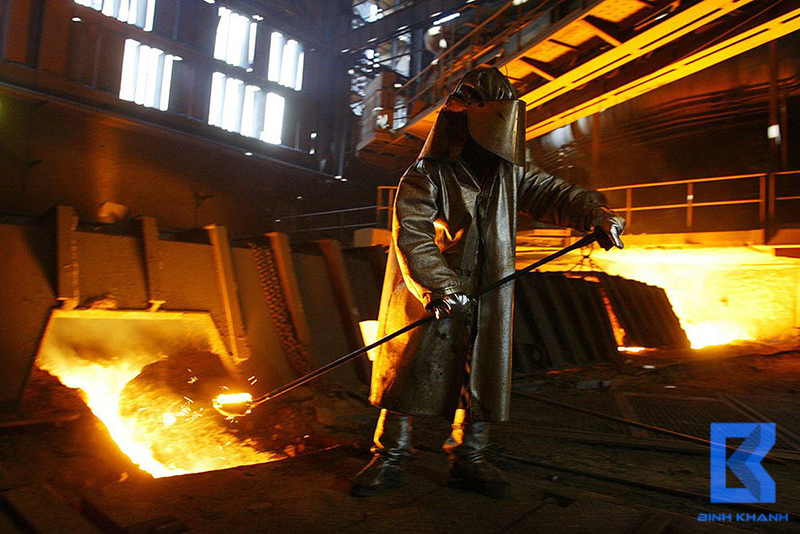

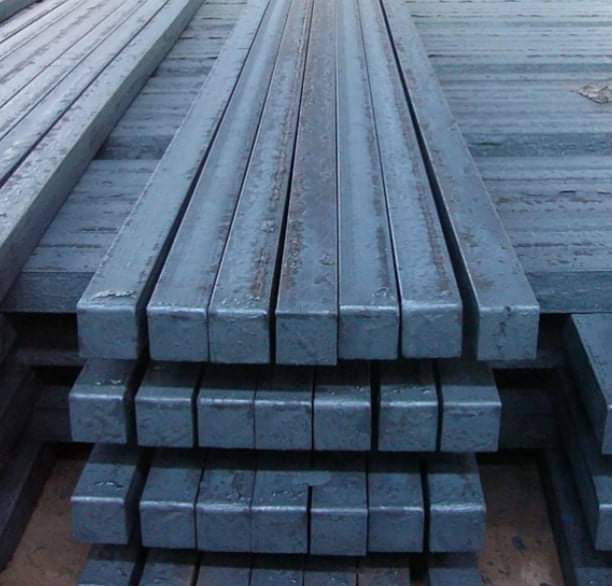

w300.jpg)


